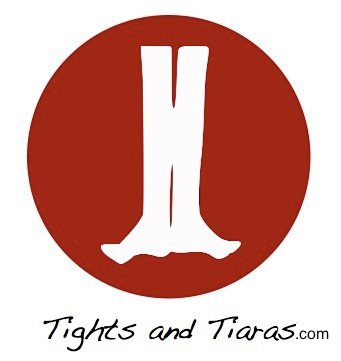Tools of the trade: Ballet #2: Pointe shoes
A dancer uses all kinds of shoes, depending on gender, style and need. I will start by letting you in on the most famous one, the loved, and trust me oh, so hated pointe shoe.
First of all: IT IS WORN BY WOMEN! Of course, you may find some exceptions, but in general, though, we tend to have certain unwritten facts about all kinds of stuff, and one of them goes like this: Pointe shoes are worn by female dancers
So why dance on your toes? It’s really all about the desire to fly, or to appear supernatural and light. The first ballet dancers were lifted in the air by a “flying machine” of wires found in all theaters with respect for themselves around 1800. After a while, they started experimenting with dancing on their toes – or en pointe, as the terminology says. I won’t make this a history class, so let’s jump 200 years ahead.
Today, the pointe shoe (some writes it “point”, as in english, although ballet has a terminology in French, making pointe the correct term) is a satin shoe with strengthened sole, mostly made by leather, wood (!), plastic or optic fibre, called the shank. It has a hard toe-box with a flat tip, allowing the ballerinas to balance and turn on their toes. Usually they are pink, but you can find them in any color imaginable to fit costumes, lighting or just moods.
There are all kinds of brands and fits. Although they might look perfectly the same to any outsider, a ballerina will tell you: They are not! Most female dancers swears to one certain shoe, and is completely unable to dance in anything but that shoe alone (yes, there may be some primadonna-irony in my statement).
Different brands of point-shoes. Notice how they all have their own “look”.
The word breaking comes to my mind several times while writing. First of all because a new shoe need to be “broken in” to fit the dancers needs. You might think ballet-girls are small and tender creatures, not familiar with tools like hammers and screwdrivers. Let me assure you: You are wrong! I’ve even seen girls handling power-tools to attain the right fit for their shoes, not to mention glueing, sewing, extending, cutting, apart from just applying raw force to shape their really rather hard soles…
Also, I’m thinking of breaking because, well, yes, it hurts. Although rarely breaking, a girls toes and bunions gets a severe beating in these tools of tenderness. Some put different type of fabric (you can buy all kinds of special-made stuff, called pads, or just save the money and do it yourself) or paper tissues around their toes for cushioning, but the truth is, it hurts no matter what. Many dancers are used to this pain, it’s a part of the game, and so they simply ignore it. You got to suffer for your art.
If you are really interested, there’s a fairly decent (and detailed) description of the pointe shoe on wikipedia.
Read about more tools of the trade: Ballet
Ta-ta!
H



